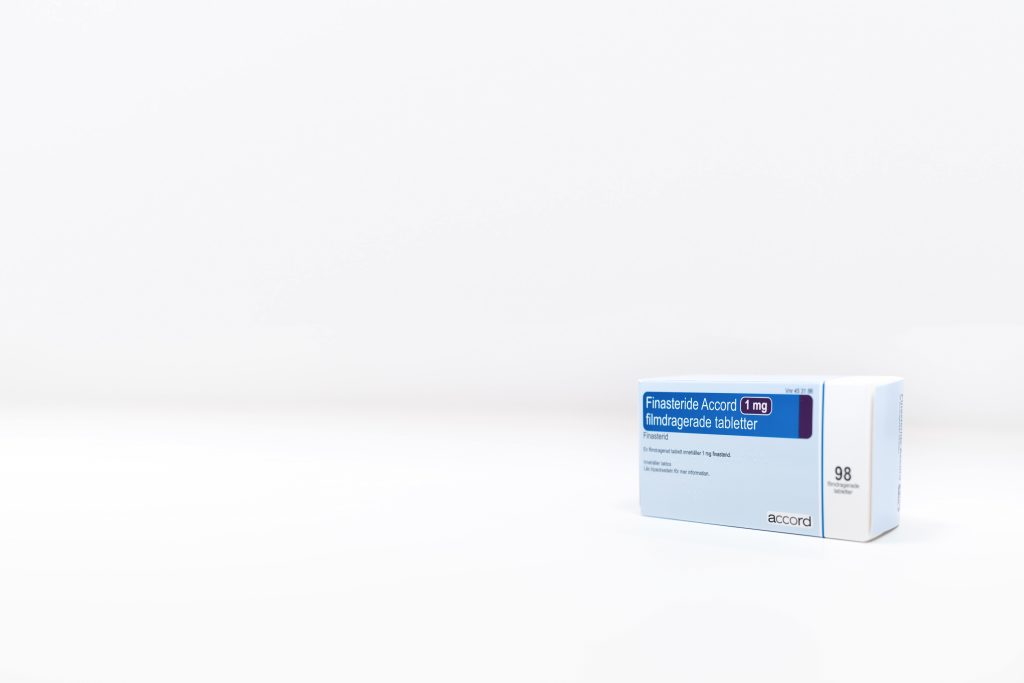2021-12-22
Who is affected by vitiligo?
About 0.5 to 1% of the world’s population, or as many as 65 million people, have vitiligo. In the United States, 1 to 2 million people have the disease.
Half of people who have vitiligo develop it before the age of 20, most develop it before their 40th birthday. The disease affects both sexes and all races equally, but it is more noticeable in people with dark skin.
Vitiligo seems to be slightly more common in people with certain autoimmune diseases.
These include hyperthyroidism (an overactive thyroid), adrenal insufficiency (the adrenal glands do not produce enough of the hormone called corticosteroids), alopecia areata (patches of baldness) and noxious anaemia (low level of red blood cells caused by failure of the body to absorb vitamin B12).
Scientists do not know the cause of the link between vitiligo and these autoimmune diseases. But most people with vitiligo have no other autoimmune disease.
Vitiligo can also be hereditary, that is, it can run in families. Children whose parents have the disease are more likely to develop vitiligo. F
act is that 30% of people with vitiligo have a family member with the disease. However, only 5 to 7 percent of children will get vitiligo even if one parent has it, and most people with vitiligo do not have a family history of the disease.
Book a free consultation
Want to learn more about hair?


2021-12-14
Finasteride – Propecia and Proscar

2021-12-14
The 4 hair types

2021-12-14
Burning scalp especially hair loss

Newsletter
Subscribe to our newsletter
Subscribe to our newsletter and to be one of the first to know about special offers, exciting information as well as tips and tricks on how to maintain your hair as good as possible.